In the heady days of the 1960s sexual revolution, “swinging” was a code word for wife-swapping among partners. Accordingly, Swinger made an attention-grabbing name for the all-new mini-sled introduced by Sportscraft Industries for the 1971 model year.

The Swinger wasn’t the first mini-sled on the market, but it had a more fully developed marketing platform than most sleds of any size at the time – “Pick a pair and have twice the fun” was the basic pitch, emphasizing that two Swingers could be purchased for essentially the same price as one standard sized sled (and at a price of $575 per Swinger, that was basically true). Most of the initial advertising and sales literature showed a man and an attractive woman with two Swinger snowmobiles. Although the literature talked about the kids, they were rarely seen.
A tiny Chrysler two-stroke engine with no electrical charging circuit powered the first Swinger. It was said to be capable of propelling the sled at speeds up to 35 mph. But it also tended to overheat, causing under-hood components to warp and fail. A 12-volt battery with an on-off switch powered the lights.
Like many sleds from the 1960s, the Swinger’s hood was permanently attached to the frame instead of being hinged or at least easily removable. But unlike the majority of its contemporaries, the Swinger had a console that covered moving parts, and this was promoted as the excellent safety feature that it was. However, these design decisions made under-the-hood service like charging the battery or tuning the carburetor very difficult in the garage and impossible on the trail.
Up front, a transverse leaf spring provided the ski suspension. This inexpensive front- end arrangement was tried and quickly discarded by several of the mini-sled manufacturers because it resulted in sub-standard ski tracking and poor side-to-side stability, making the small sleds difficult to ride during anything other than ideal conditions. In its back, the Swinger had a simple rack suspension with torsion springs that was somewhat similar to the later Scorpion Para-Rail. Six bogie wheels were mounted solidly to the rack, and there were two sprockets on the axle at each end of the track, but only the front ones were powered.
However, the Swinger did have some important positive attributes. It was very small at just 72 inches long including the skis, 26 inches tall excluding the windshield and 28 inches wide. And at only 175 pounds, it was a featherweight even for the time. This was actually small and light enough to allow loading two of the tiny machines side-by-side into the back end of a full-sized station wagon – remember them? – for transport to the trailhead. No truck or trailer was needed, and the machines could be stored in the garage by standing them on their rear bumpers like a rear-engine riding lawnmower, greatly reducing the space they occupied.
At a time when most brands had a single signature color, Swinger offered a choice of two bright “with it” colors – lime green and plum purple – along with a choice of snow white or a more practical black upholstery. The color selections were supposed to appeal to the wife who might be apprehensive about having a snow machine, making Swinger one of the very first brands to use color choice as an element of its marketing plan.

A serious effort to recruit dealers was conducted, but pitching the Swinger as a great second line for dealers already handling other brands was not very successful. The Swingers that did reach the trail proved to be less than satisfactory.
In March of 1971 Griswold Industries acquired Sportscraft Industries. No 1972 Swingers were produced, but Griswold continued to sell off leftover 1971 models on a discounted customer-direct basis for $489.95 each.
Swingin’ Some More
Griswold heavily re-engineered the Swinger for the 1972-73 model year. A conventional ski suspension with multi-leaf springs solved the handling and stability issues. Upgraded power came from a 15.5 hp JLO 230cc one lunger with a Tillotson HD carb, Donaldson muffler, a charging circuit and a Salsbury 500 drive clutch. The hood was hinged for under-hood access. Vents on the front and both sides of the hood helped cool the engine better, and a chrome headlight bezel improved the looks.
Claimed speed capability rose to more than 40 mph, and a kill switch was added for safety. Dry weight increased to 255 pounds. Company owner F.W. Griswold claimed that every machine was tested on a chassis dynomometer prior to shipment, a practice that would become commonplace in the snowmobile industry.
But the 1973 Swinger had limited distribution and no serious marketing or advertising campaign behind it. The considerably improved little machine was generally overlooked by the snowmobile press who were infatuated with sexy Skiroules, smokin’ hot El Tigres, revolutionary liquid-cooled Bruts, big new rotary-engined Evinrudes and Johnsons, rear-engine Raiders and dozens of other brands with new “look-at-me” features. Few dealers carried mini-sleds and few buyers chose to “pick a pair,” so the Swinger snowmobile was clearly going nowhere.
Swingin’ Comes To A Halt
Griswold Industries apparently had big plans for the Swinger, including an all-new full-sized model. According to a midwestern Vintage sled enthusiast, at least one prototype of the full sized Swinger was actually constructed. But that was as far as Swinger or Griswold ever went in the snowmobile industry.
In truth, none of the mini-sled brands ever found much of a market or lasted more than a few seasons. Furthermore, 1973 proved to be a pivotal year in snowmobiling when gross overproduction finally caught up with the industry, and demand for snow machines crashed following a relatively light winter coupled the economic shock of the first oil embargo.
Despite Swinger’s color option innovation and solid initial marketing programs, the little sled joined the quickly lengthening list of the industry’s failed brands.
Today Swinger is an object of affection for a handful of collectors, particularly women, who have fallen under the seductive spell of this petite and interesting snowmobile pioneer.
Editor’s Note: Every issue of Snow Goer magazine includes in-depth sled reports and comparisons, aftermarket gear and accessories reviews, riding destination articles, do-it-yourself repair information, snowmobile technology and more! Subscribe to Snow Goer now to receive issues delivered to your door 6 times per year for a low cost.


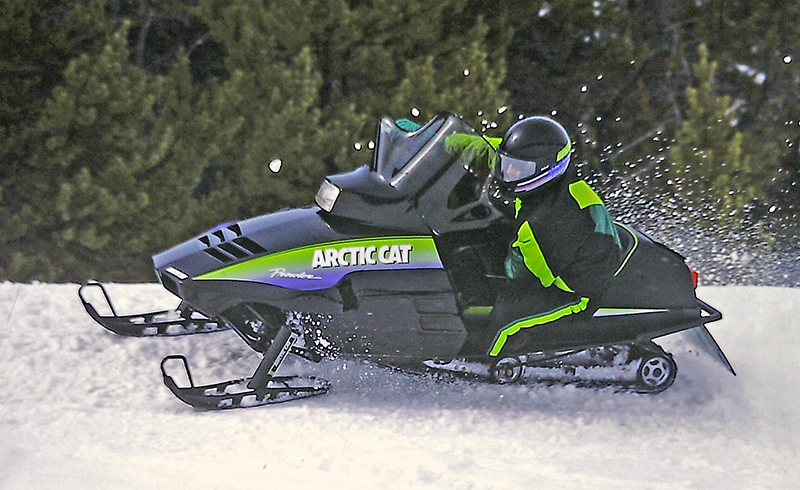
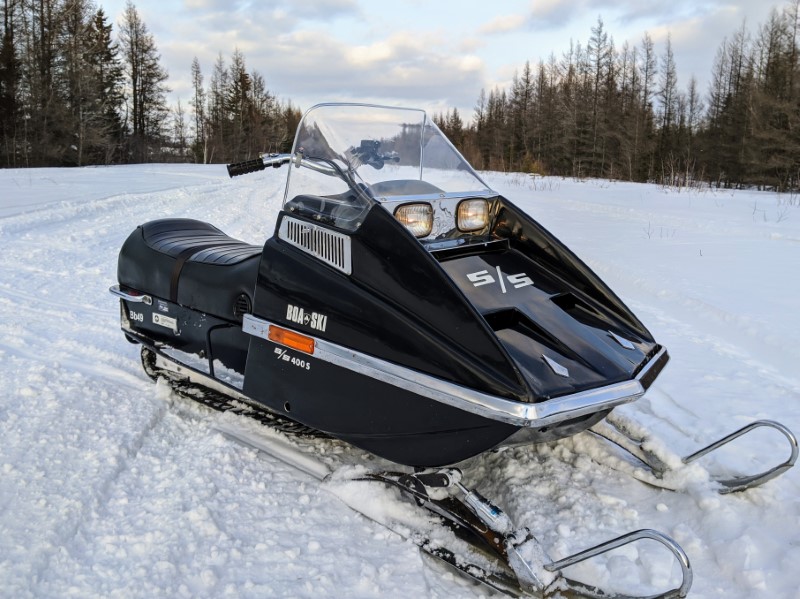
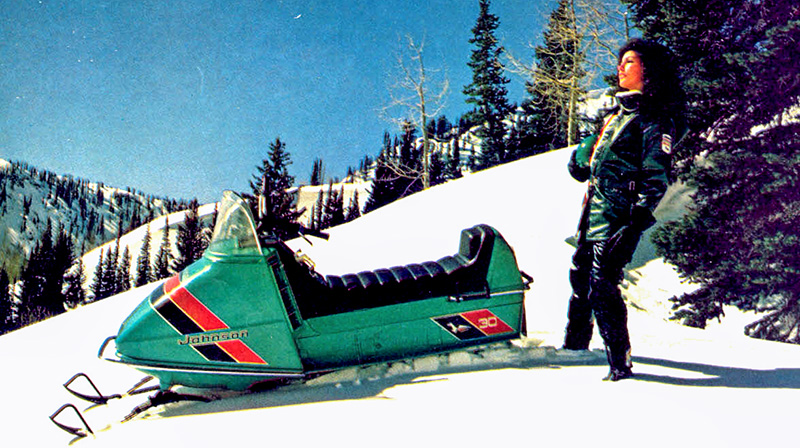
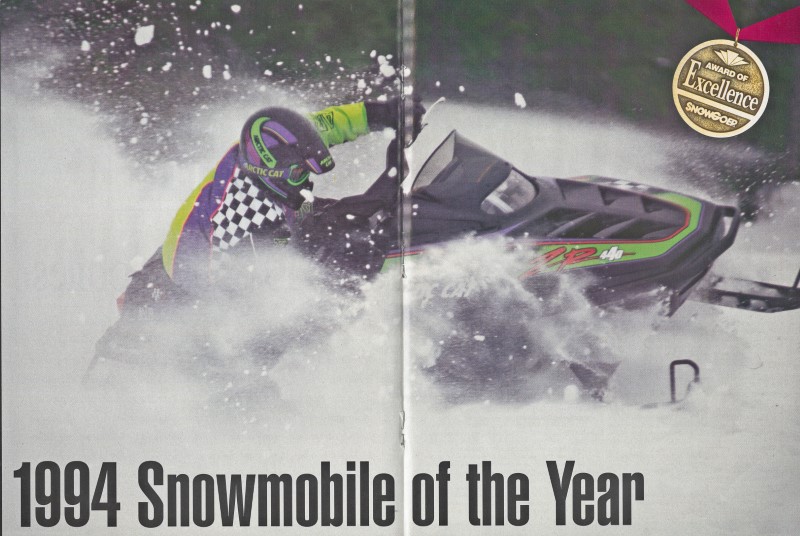
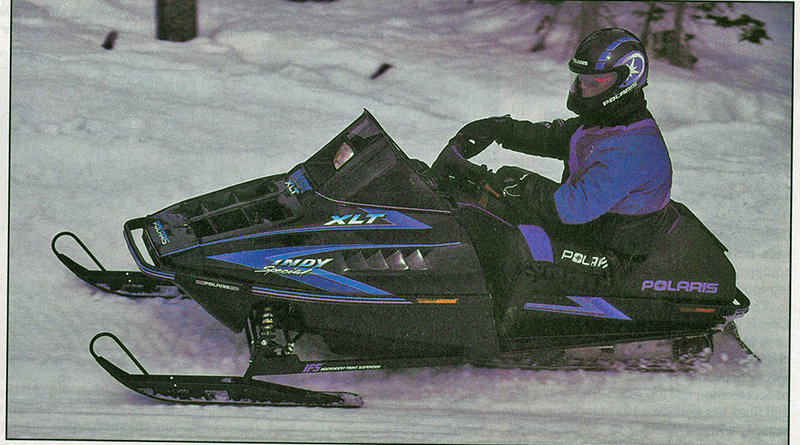
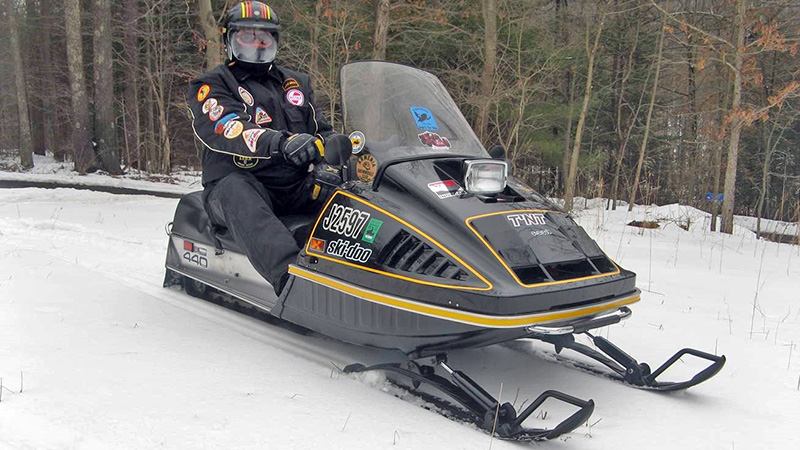
Loni..baby!